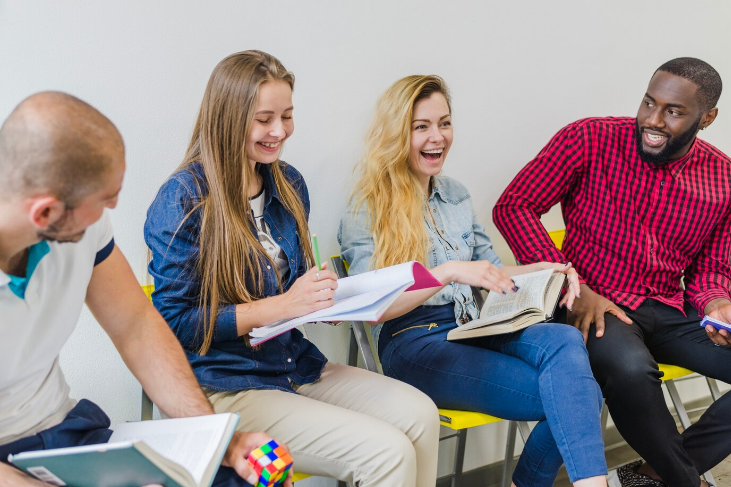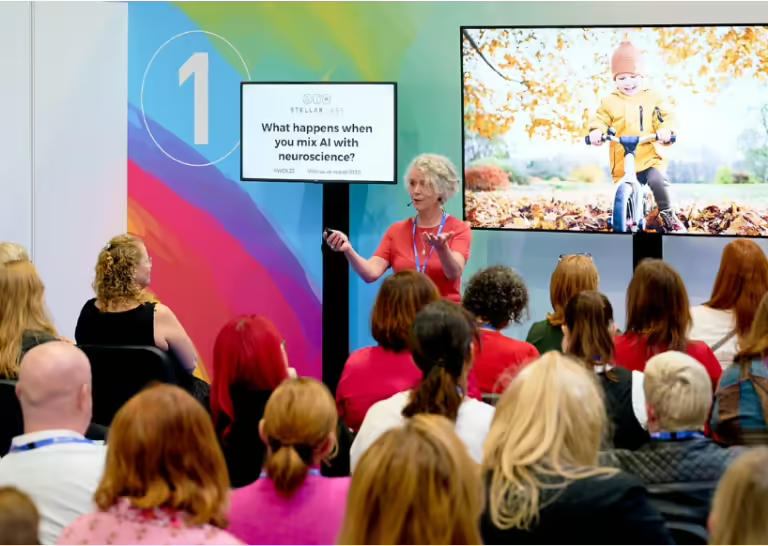Hello, and welcome to this week’s Friday Fresh!
Over the past few weeks, we’ve explored a range of powerful learning theories – from Cognitive Load Theory to Experiential Learning.
Each theory offers unique insights into how people learn and retain information. But what if we could take the best elements of each and create the ultimate course design—one that’s backed by science and maximises learning outcomes?
Today, we’re doing just that! By blending the principles of Cognitive Load Theory, Constructivism, Social Learning, Spaced Training, and Experiential Learning, we’ll outline the ideal course structure that combines the best of these proven methods.
Ready to design the perfect learning experience? Let’s get started.

The Ideal Course Design: A Synthesis of Five Proven Learning Theories
Here’s what a perfect course design looks like when built on the foundations of these five research-backed theories.
1. Manage Cognitive Load with Simplicity and Structure
At the heart of effective course design is Cognitive Load Theory. To maximise learners’ retention and understanding, we need to respect the limits of working memory by managing the complexity of information.
- Keep it Simple: Present new information in small, digestible chunks. Use simple language and avoid overloading learners with too much detail at once.
- Design with Structure: Break your content into clear, organised modules, each with a focused learning objective. This ensures learners can follow a logical progression, building their knowledge step-by-step without feeling overwhelmed.
Perfection Tip: Implement a week-by-week roadmap that outlines what learners will cover in manageable portions, making sure that each module focuses on one key idea before moving to the next.
2. Let Learners Build Knowledge through Active Engagement (Constructivism)
Constructivist principles remind us that learning is an active, personal process. Learners don’t just absorb information – they construct understanding by connecting new ideas to their existing knowledge.
- Engage Learners Actively: Incorporate activities where learners must apply concepts, solve problems, and explore real-world scenarios.
- Encourage Reflection: Create opportunities for learners to reflect on what they’ve learned, helping them connect new knowledge to their previous experiences.
Perfection Tip: Design problem-solving exercises that mirror challenges learners might face in their jobs. Allow them to reflect on and discuss how their new knowledge can be applied to practical, real-world situations.

3. Harness the Power of Social Learning
We’re social creatures, and we learn best by interacting with others. Social Learning Theory shows that learners benefit from observing, collaborating, and receiving feedback from peers.
- Incorporate Collaboration: Build in opportunities for peer-to-peer interaction, whether through group work, discussions, or collaborative projects.
- Model Success: Provide examples of best practices or expert demonstrations so learners can observe and emulate successful behaviours.
Perfection Tip: Create online forums or discussion boards where learners can exchange ideas and experiences and schedule live sessions where they can observe role models or discuss case studies in groups.

4. Space Out Learning for Better Retention
The Spaced Training Theory tells us that learning spread out over time is much more effective than cramming. By revisiting material at intervals, learners strengthen their memory and improve long-term retention.
- Space Learning Over Time: Instead of overwhelming learners with back-to-back content, give them time to absorb information and revisit it later through quizzes, discussions, or reflections.
- Incorporate Regular Reviews: Schedule periodic reviews to reinforce key concepts and give learners opportunities to recall and apply what they’ve learned.
Perfection Tip: After each module, build in spaced quizzes or short assessments that revisit key concepts from earlier lessons. Use email reminders or notifications to prompt learners to review content regularly over the course of the program.

5. Make Learning Experiential
Experiential Learning emphasises that people learn best through experience – by actively engaging in tasks, reflecting on those experiences, and applying new insights. Learning by doing creates a direct connection between theory and practice.
- Create Real-World Tasks: Include simulations, case studies, or hands-on activities where learners can apply the concepts in practical, work-related contexts.
- Encourage Reflection and Experimentation: Ask learners to reflect on their performance and experiment with applying their learning to different situations.
Perfection Tip: Design project-based assignments that simulate real-life challenges. For example, if you’re teaching leadership, have learners lead a mock team meeting or solve a strategic issue using the principles covered in the course.
What Does the Perfect Course Look Like?
The ideal course, backed by these five theories, is both structured and flexible, challenging and supportive. Here’s a snapshot of what this looks like in practice:
Week 1: Introduce New Concepts in Digestible Chunks
Begin by presenting simple concepts in a structured, organised format. Each lesson covers one key idea, delivered through short videos and clear text. Learners complete small, hands-on activities that apply the lesson.
Week 2: Reinforce Concepts Through Peer Interaction
Engage learners with group discussions and collaborative exercises. Learners work together on a case study that mirrors a real-world scenario, sharing insights and learning from each other.
Week 3: Revisit Earlier Content
Use spaced quizzes or reflections that prompt learners to recall and apply knowledge from earlier lessons. Encourage them to link new material with what they’ve already learned.
Week 4: Apply Learning in Real-World Scenarios
Assign a project or simulation where learners can apply the concepts directly to a practical task. Follow up with peer feedback sessions, where learners can reflect on their performance and learn from one another.
Ongoing: Reflect, Review, and Repeat
Throughout the course, learners revisit key concepts at regular intervals. Encourage them to reflect on their learning, share insights with peers, and apply their knowledge in different contexts.
Final Thoughts
Designing the perfect course is about creating a learning experience that is engaging, memorable, and practical.
Although no theory is perfect, by combining the best elements of Cognitive Load Theory, Constructivism, Social Learning, Spaced Training, and Experiential Learning, you can give your learners a truly remarkable course design.






